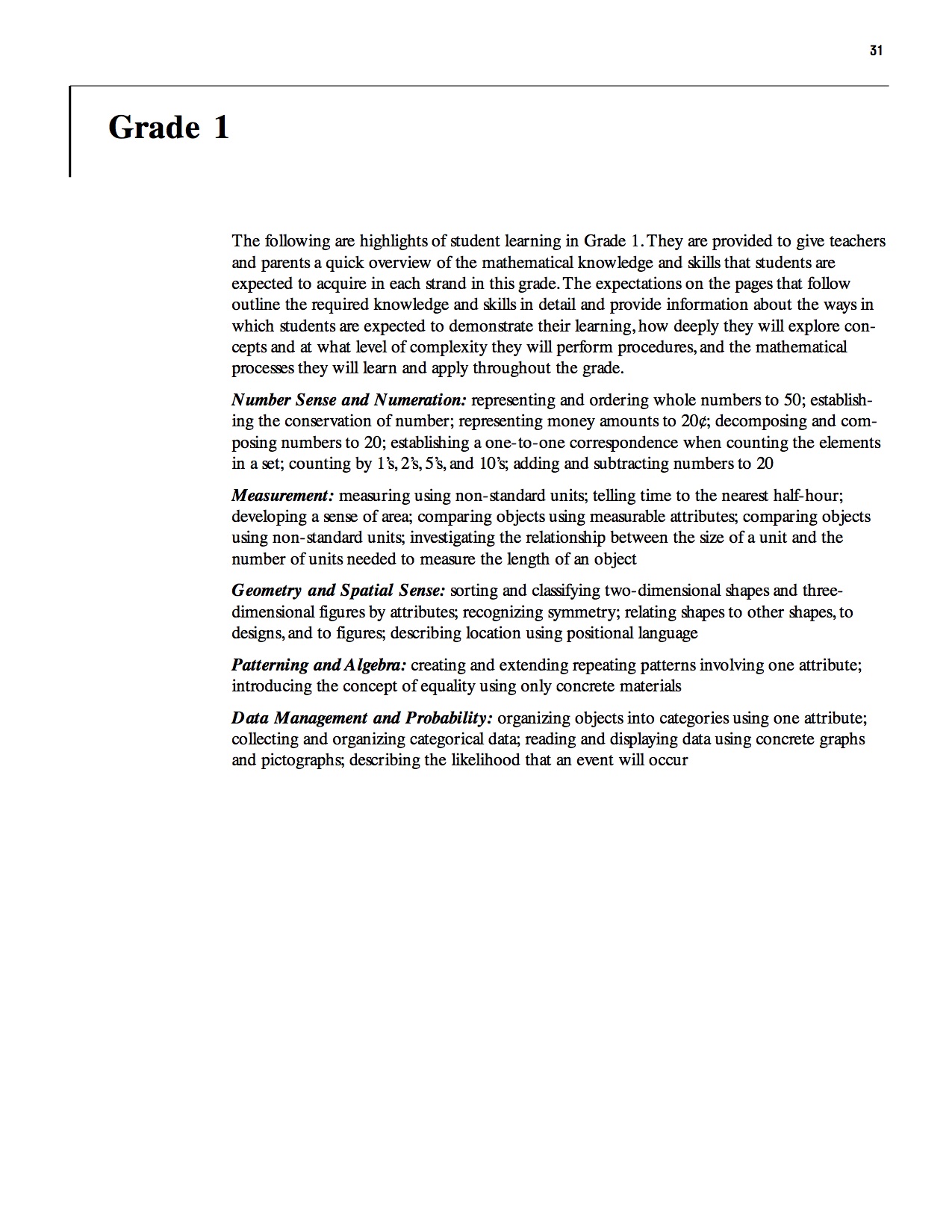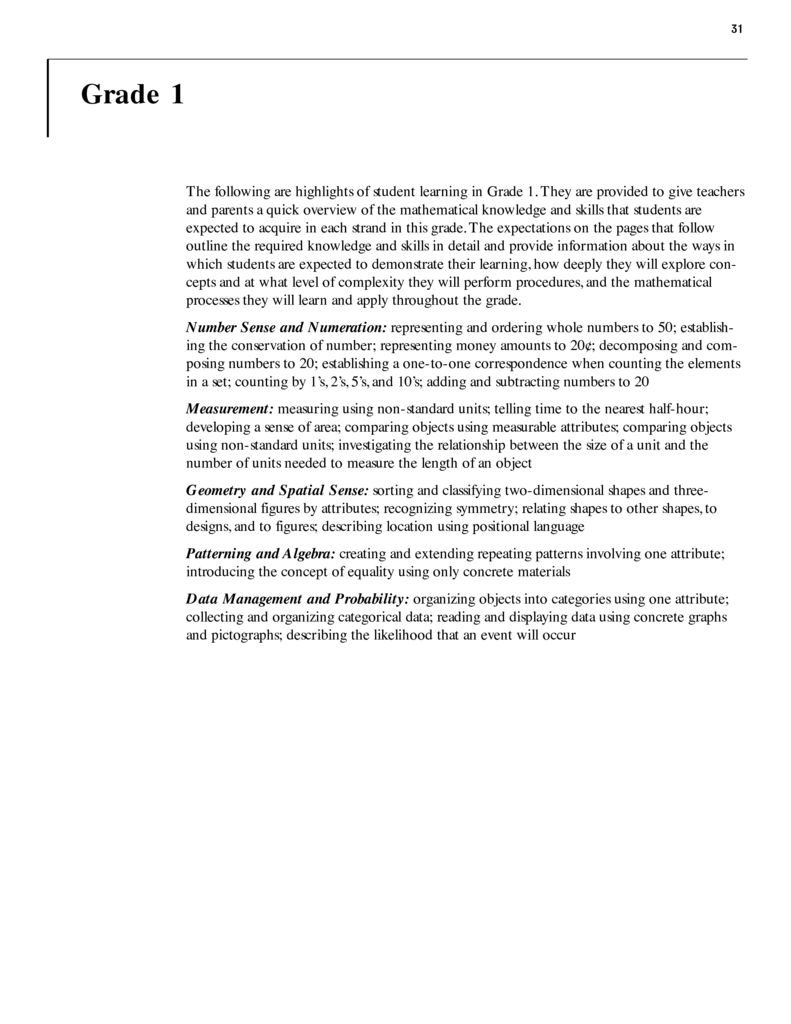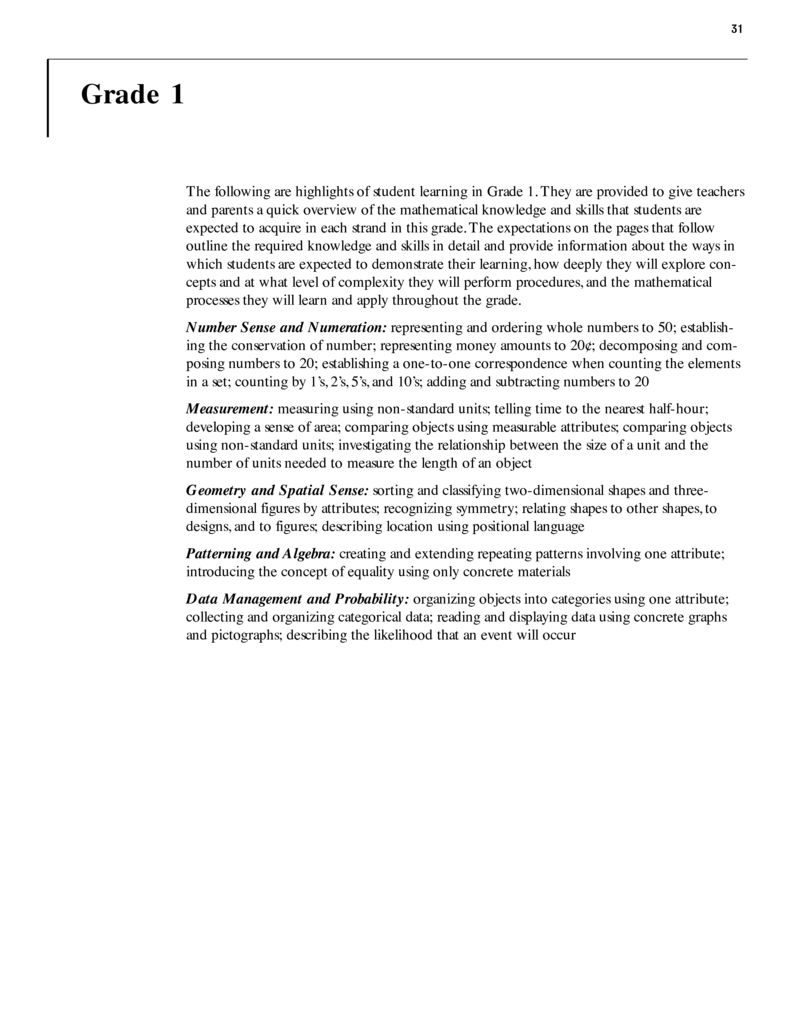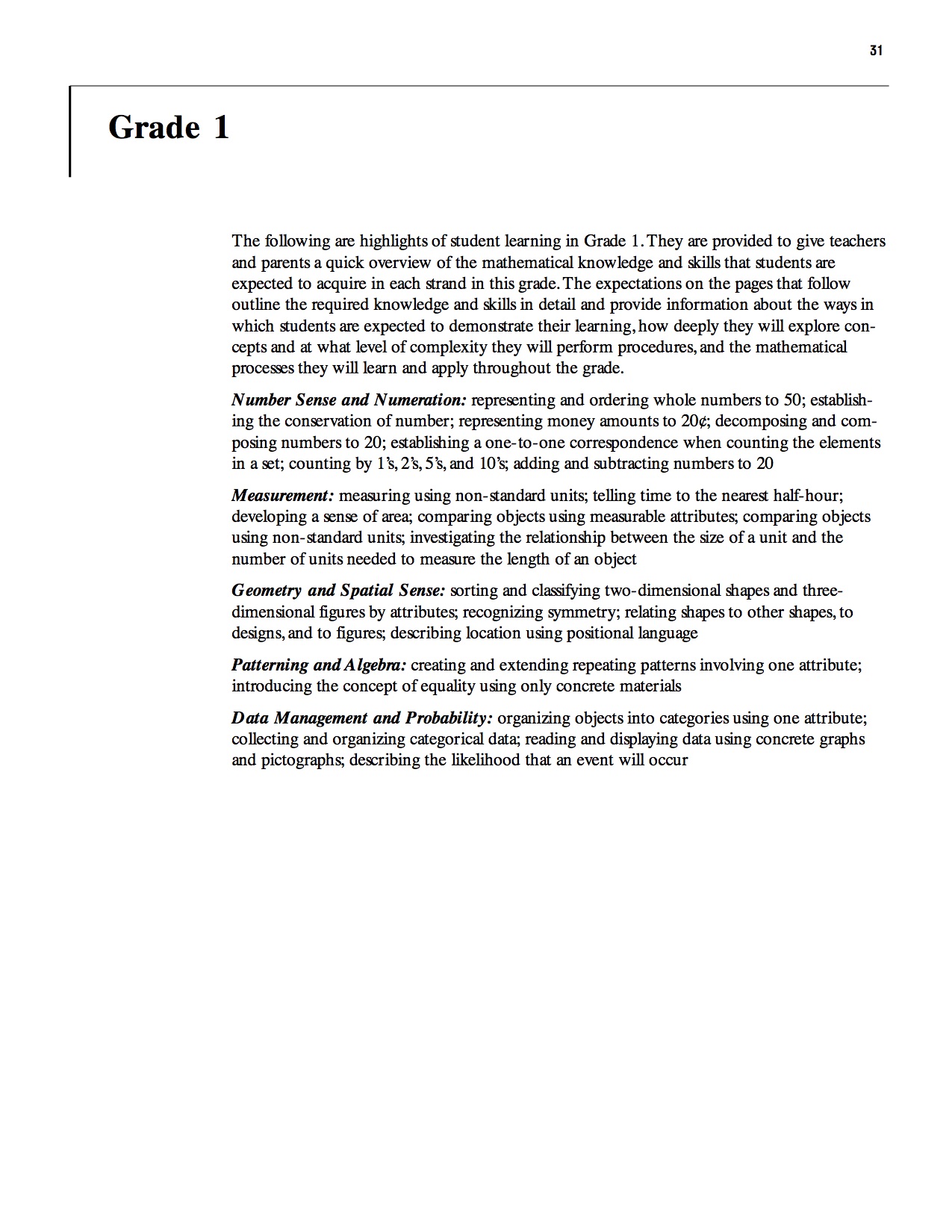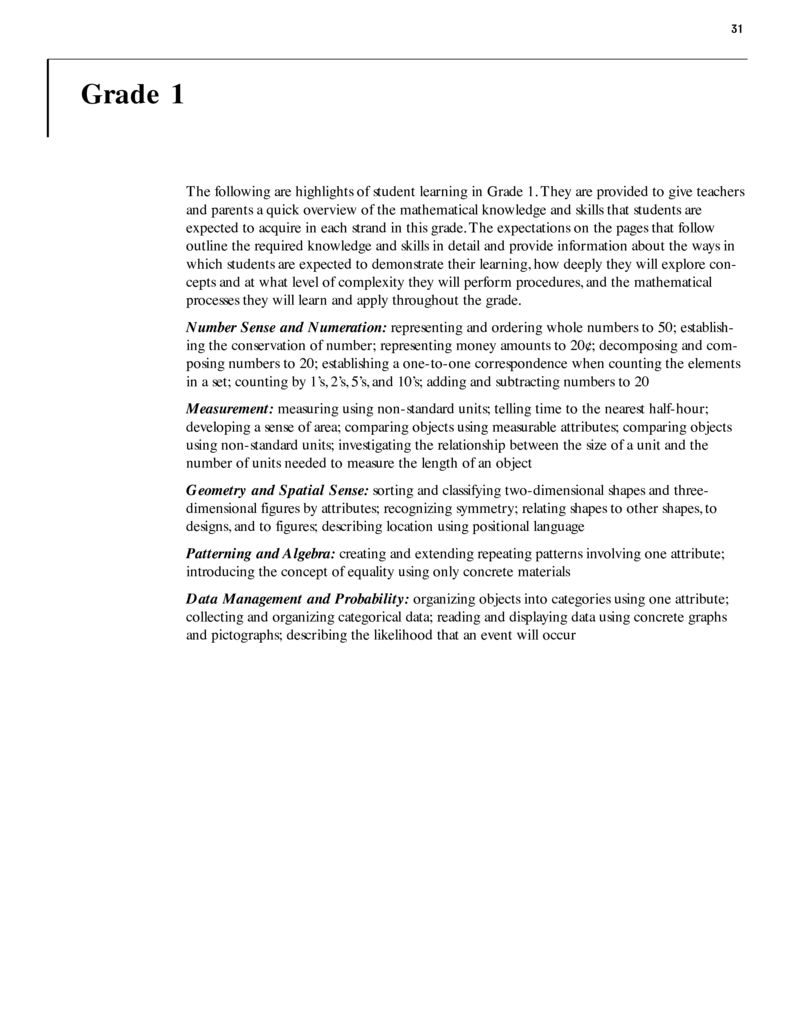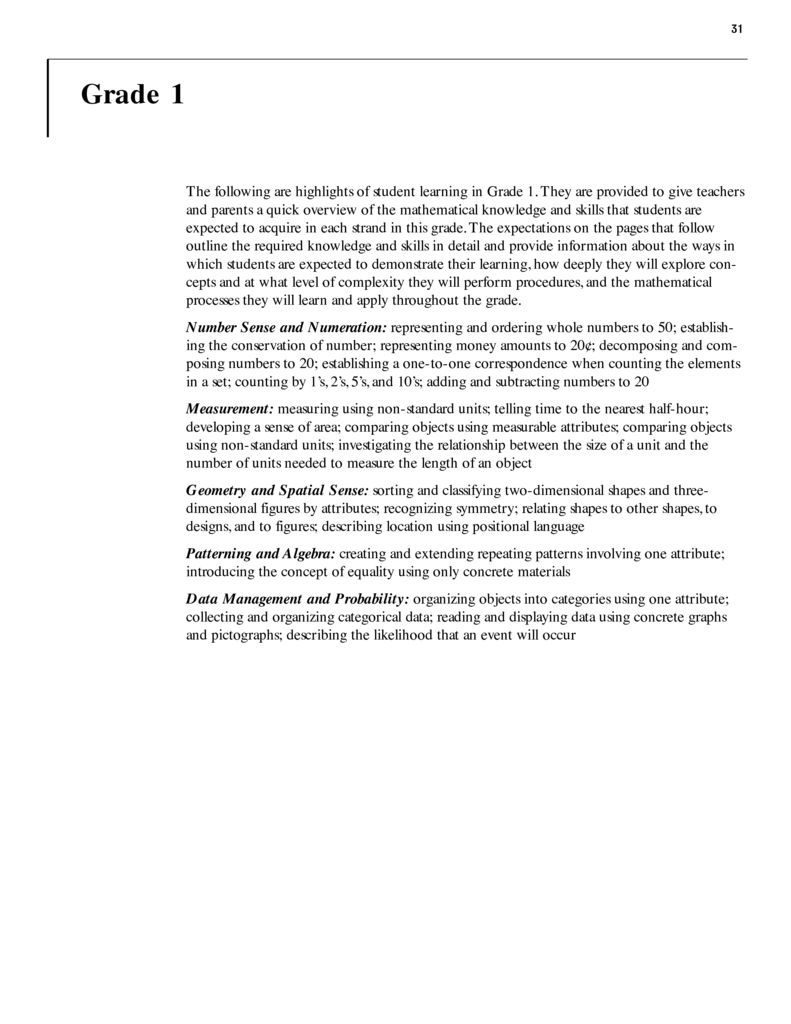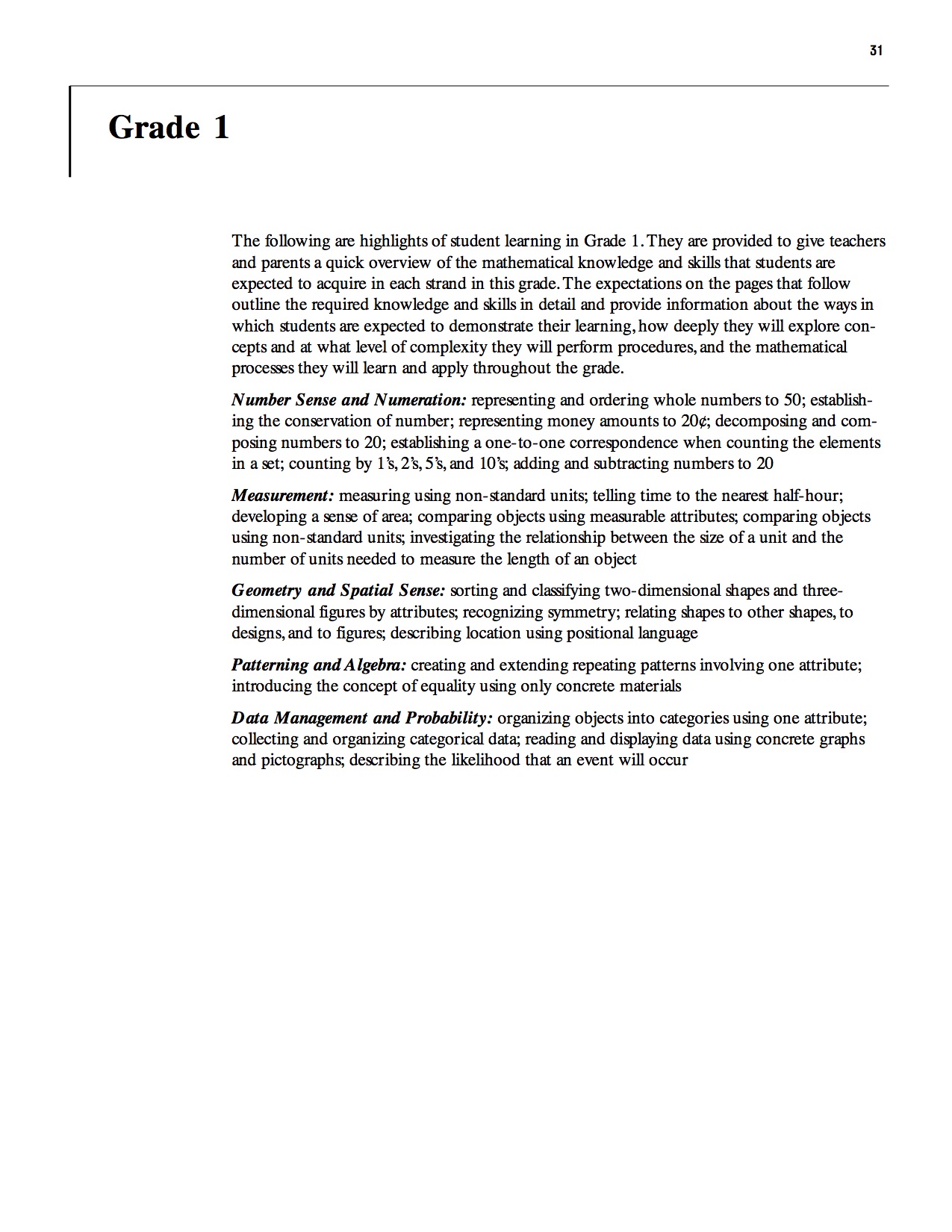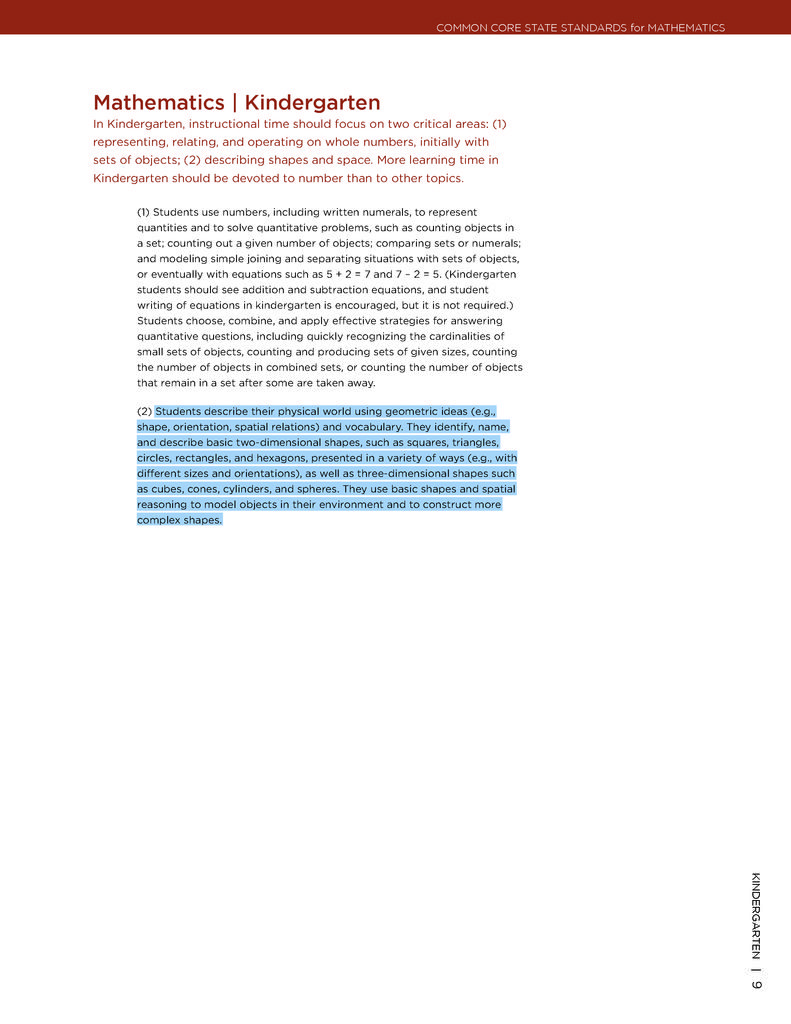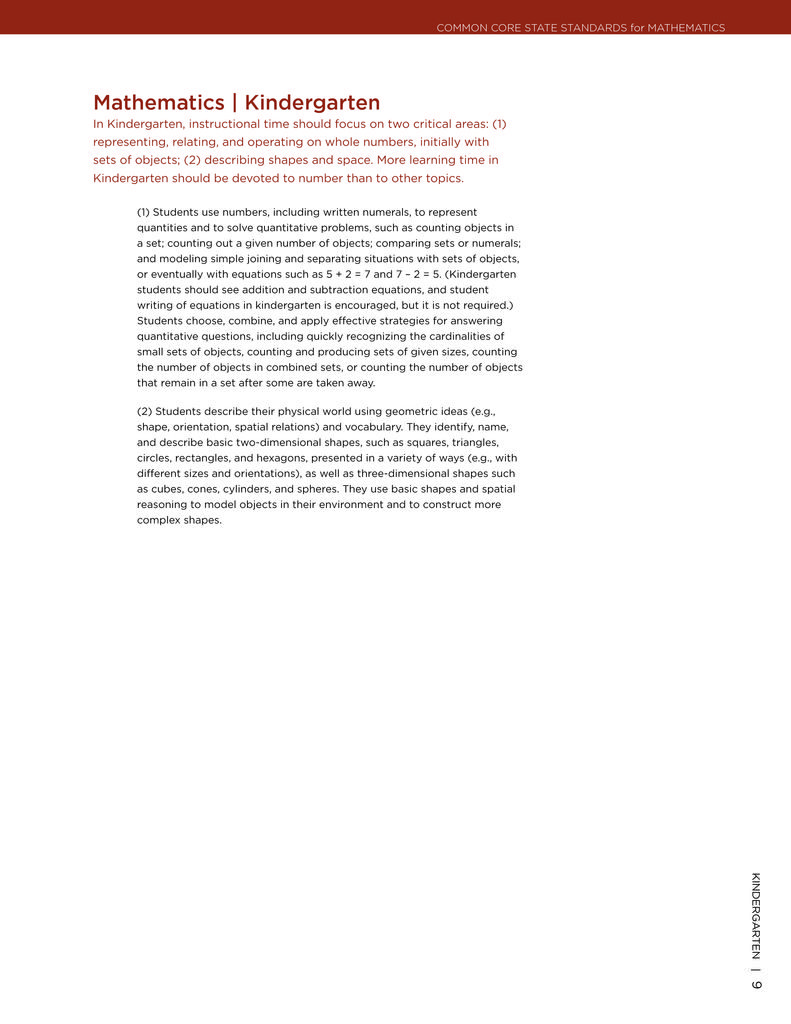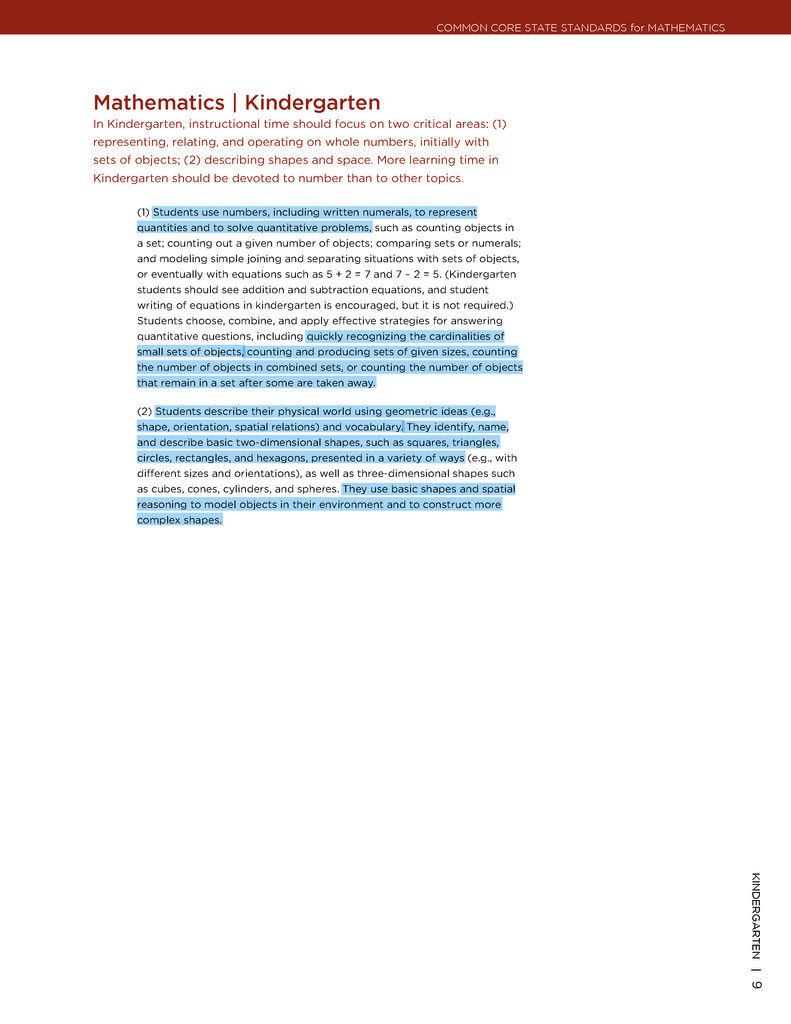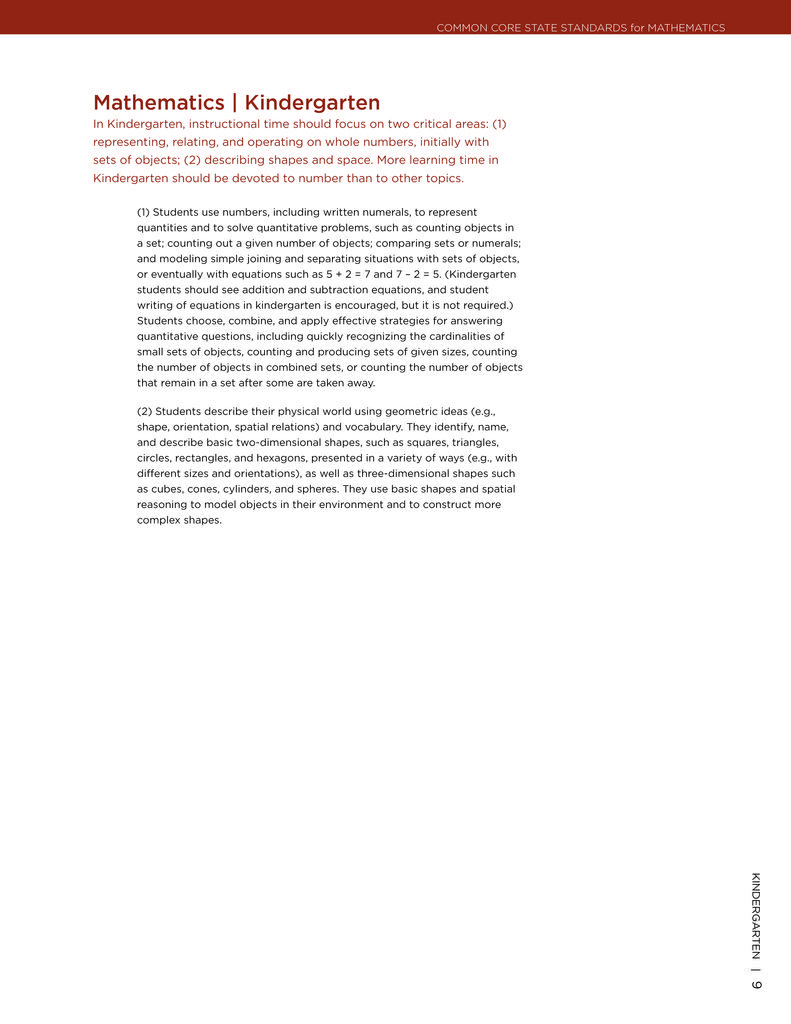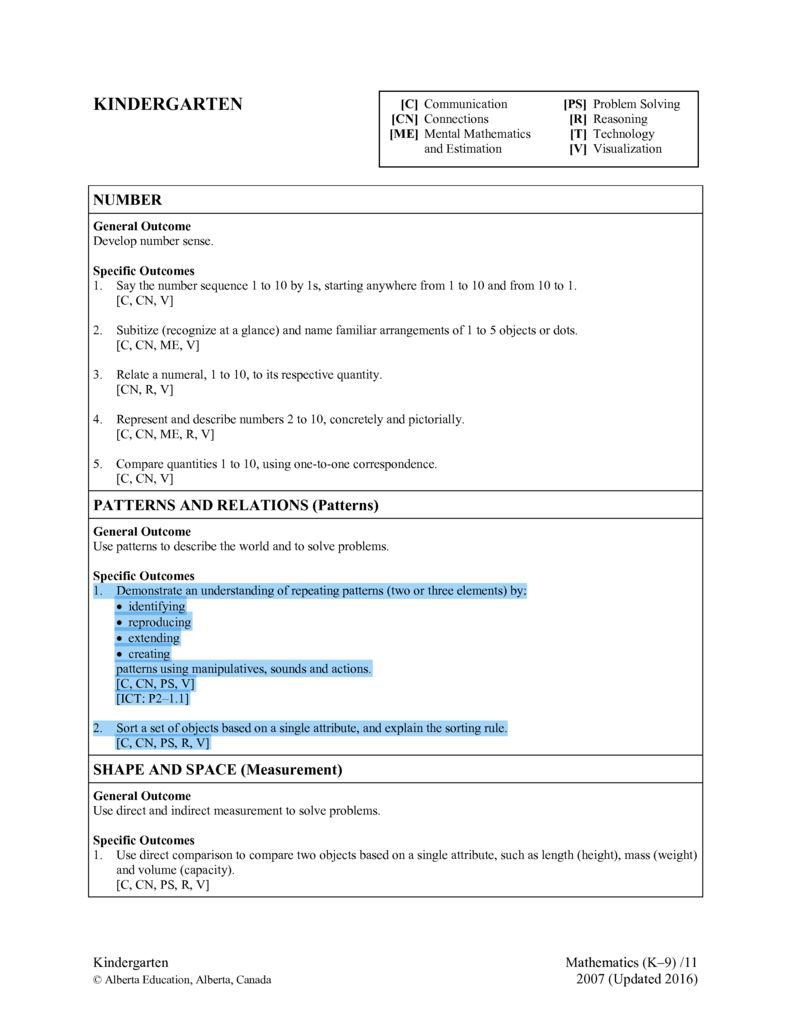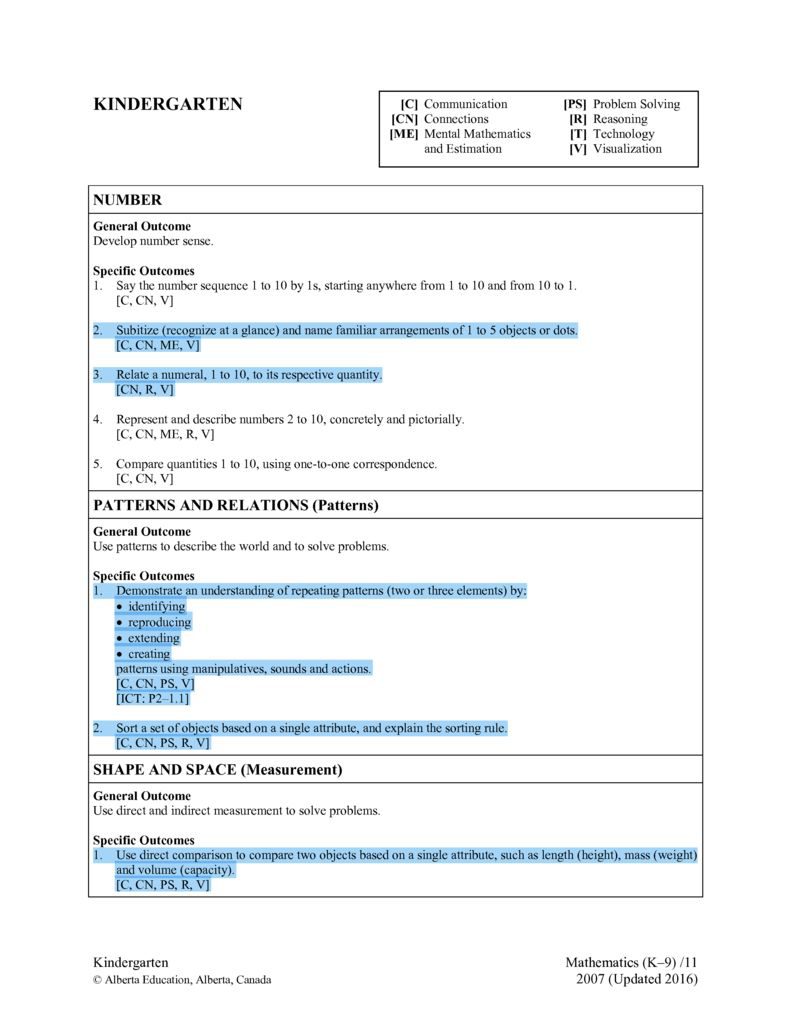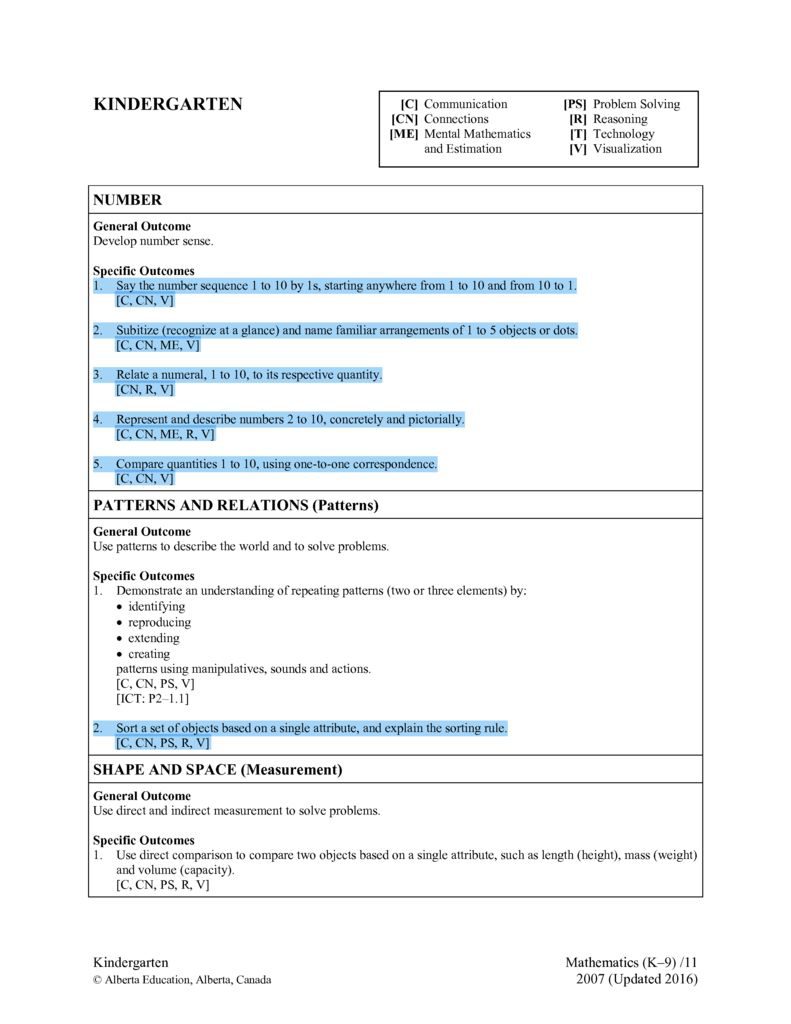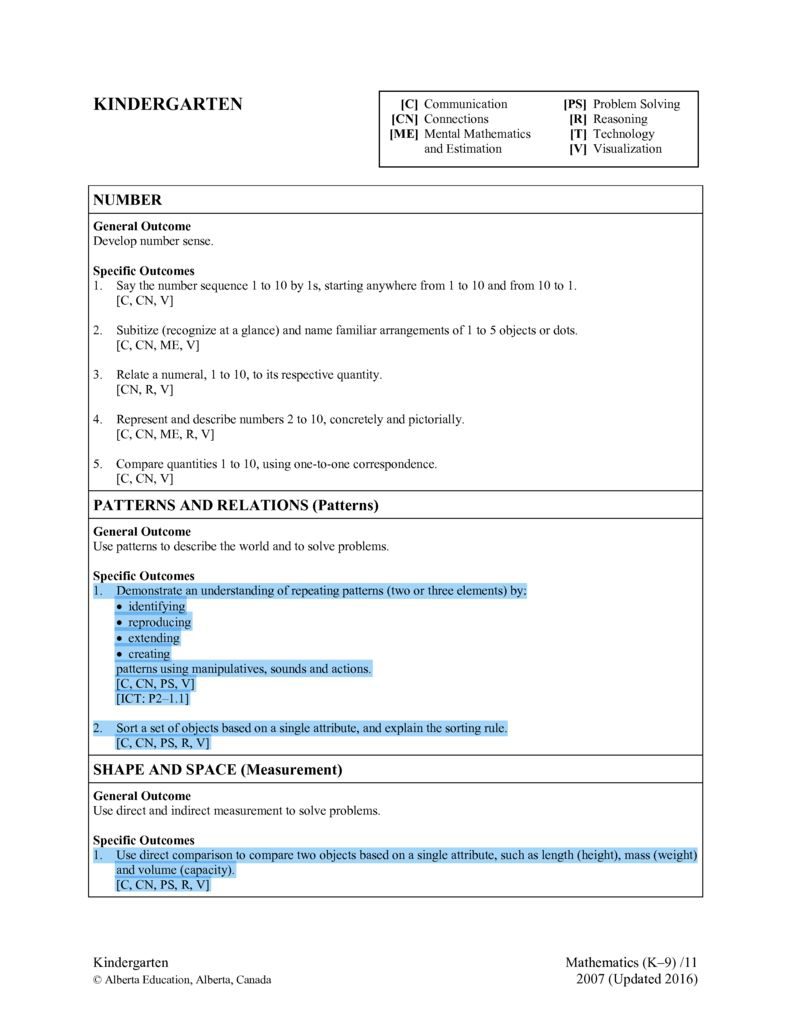Please click on the PDF thumbnail to see the highlighted curriculum connections for that game, organized by grade level.
To see the highlighted curriculum outcomes specific to each grade, click here.
Grade 2: Patterns and Relations (Patterns)
Specific Outcome 3: Sort objects or numbers, using one or more than one attribute. [C, CN, R, V]
Grade 5: Patterns and Relations (Patterns)
Specific Outcome 1: Determine the pattern rule to make predictions about subsequent elements. [C, CN, PS, R, V]
Grade 5: Shape and Space (Transformations)
Specific Outcome 8: Identify and describe a single transformation, including a translation, rotation and reflection of 2-D shapes. [C, T, V] [ICT: C6-2.1]
To see highlighted curriculum connections specific to each grade, click here.
Grade 2: Shape and Space (Measurement)
Specific Outcome 2: Relate the size of a unit of measure to the number of units (limited to nonstandard units) used to measure length and mass (weight). [C, CN, ME, R, V]
Specific Outcome 3: Demonstrate that changing the orientation of an object does not alter the measurements of its attributes. [C, R, V]
Grade 4: Shape and Space (Measurement)
Specific Outcome 3: Demonstrate an understanding of area of regular and irregular 2-D shapes by:
• recognizing that area is measured in square units
• selecting and justifying referents for the units cm2 or m2
• estimating area, using referents for cm2 or m2
• determining and recording area (cm2 or m2)
• constructing different rectangles for a given area (cm2 or m2) in order to demonstrate that many different rectangles may have the same area. [C, CN, ME, PS, R, V]
Grade 5: Shape and Space (Transformations)
Specific Outcome 8: Identify and describe a single transformation, including a translation, rotation and reflection of 2-D shapes. [C, T, V] [ICT: C6–2.1]
Grade 6: Shape and Space (Transformations)
Specific Outcome 6: Perform a combination of translations, rotations and/or reflections on a single 2-D shape, with and without technology, and draw and describe the image. [C, CN, PS, T, V]
Specific Outcome 7: Perform a combination of successive transformations of 2-D shapes to create a design, and identify and describe the transformations. [C, CN, T, V]
To see the highlighted curriculum connections specific to each grade, click here.
Grade 4: Shape and Space (transformations)
Demonstrate an understanding of line symmetry by:
- identifying symmetrical 2-D shapes
- creating symmetrical 2-D shapes
- drawing one or more lines of symmetry in a 2-D shape
[C, CN, V]
Grade 5: Shape and Space (transformations)
Specific Outcome 8: Identify and describe a single transformation, including a translation, rotation and reflection of 2-D shapes. [C, T, V] [ICT: C6–2.1]
Grade 6: Shape and Space (transformations)
Specific Outcome 6: Perform a combination of successive transformations of 2-D shapes to create a design, and identify and describe the transformations. [C, CN, T, V]
To see highlighted curriculum connections specific to each grade, click here.
Grade 2: Patterns and Relations (Patterns)
Specific Outcome 3: Sort a set of objects, using two attributes, and explain the sorting rule. [C, CN, R, C]
Grade 3: Patterns and Relations (Patterns)
Specific Outcome 3: Sort objects or numbers, using one or more than one attribute. [C, CN, R, V]
To see highlighted curriculum connections specific to each grade, click here.
Grade 4: Number
Specific Outcome 2: Compare and order numbers to 10 000. [C, CN, V]
Specific Outcome 3: Demonstrate an understanding of addition of numbers with answers to 10 000 and their corresponding subtractions (limited to 3- and 4-digit numerals) by:
• using personal strategies for adding and subtracting
• estimating sums and differences
• solving problems involving addition and subtraction.
[C, CN, ME, PS, R]
Grade 5: Statistics and Probability (Chance and Uncertainty)
Specific Outcome 4: Compare the likelihood of two possible outcomes occurring, using words such as:
• less likely
• equally likely
• more likely.
[C, CN, PS, R]
Grade 6: Statistics and Probability (Chance and Uncertainty)
Specific Outcome 4: Demonstrate an understanding of probability by:
• identifying all possible outcomes of a probability experiment
• differentiating between experimental and theoretical probability
• determining the theoretical probability of outcomes in a probability experiment
• determining the experimental probability of outcomes in a probability experiment
• comparing experimental results with the theoretical probability for an experiment.
[C, ME, PS, T] [ICT: C6–2.1, C6–2.4]
Grade 8: Statistics and Probability (Chance and Uncertainty)
Specific Outcome 2: Solve problems involving the probability of independent events. [C, CN, PS, T] [ICT: P2–3.4]
To see the highlighted curriculum connections specific to each grade, click here.
Grade 2: Shape & Space (3D Objects & 2D Shapes)
Specific Outcome 7: Describe, compare and construct 3-D objects, including:
- Cubes
- Spheres
- Cones
- Cylinders
- Pyramids
[C, CN, R, V]
Grade 2: Patterns and Relations (Variables and Equations)
Specific Outcome 4: Demonstrate and explain the meaning of equality and inequality, concretely and pictorially. [C, CN, R, V]
Grade 3: Shape & Space (3D Objects & 2D Shapes)
Specific Outcome 6: Describe 3-D objects according to the shape of the faces and the number of edges and vertices. [C, CN, PS, R, V]
To see highlighted curriculum connections specific to each grade, click here.
Grade 5: Shape and Space (3-D Objects and 2-D Shapes)
Specific Outcome 6: Describe and provide examples of edges and faces of 3-D objects, and sides of 2-D shapes that are:
• parallel
• intersecting
• perpendicular
• vertical
• horizontal. [C, CN, R, T, V] [ICT: C6–2.2, P5–2.3]
Grade 6: Shape and Space (Transformations)
Specific Outcome 8: Identify and plot points in the first quadrant of a Cartesian plane, using whole number ordered pairs. [C, CN, V]
Grade 7: Shape and Space (Transformations)
Specific Outcome 4: Identify and plot points in the four quadrants of a Cartesian plane, using integral ordered pairs. [C, CN, V]

